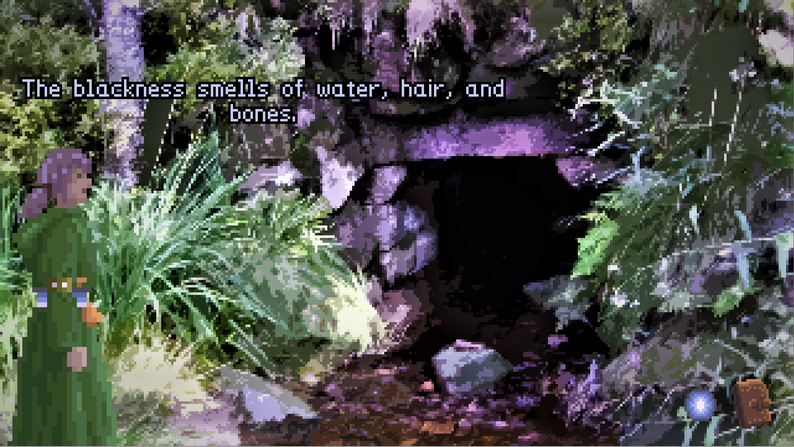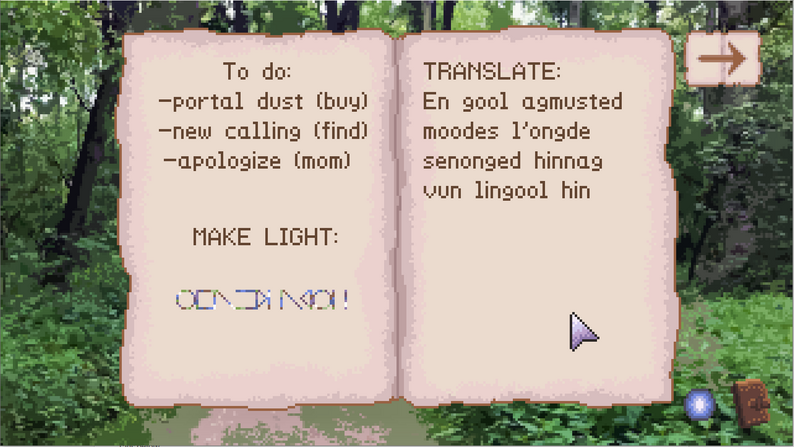So a person walks into a doctor's office, and the doctor says, "You're too healthy. I'm prescribing a headache. I'll send the prescription in to your pharmacy."
The patient goes to the pharmacy, who say they received the prescription and they do have the headache in stock, but the patient's health insurance won't pay for it because it's a name brand and not a generic, with a price for 90 days of $35,000 dollars, which exceeds the plan's coverage. The pharmacy tells the patient they need to call their insurance.
The patient calls their insurance and waits on hold for a while. When a representative picks up, the representative explains that they need a Prior Authorization from the doctor. This is a basically a note from the doctor saying the patient needs the medication.
The patient says, "Isn't that just a prescription?"
The representative says, "No, this is a note from the doctor saying the patient actually needs the medication."
The patient calls back the doctor's office and says, "They need a Prior Authorization."
The doctor's office says, "Sure, we'll send that right in."
The patient goes back to the pharmacy, and the pharmacist says, "Sorry, the insurance is still saying they won't pay for it."
The patient calls the insurance again, who says, "We never received the Prior Authorization from the doctor's office."
The patient says, "Isn't there anything you can do? My doctor says I really need this headache."
The representative says, "Let me transfer you to another representative."
The patient waits on hold for awhile again.
The second representative says, "I dug around and figured out a way to override this. That means we'll pay for 90% of the cost of the prescription, so that leaves you with a co-payment of only $3,500 for the 90 days, or only $1,166 per monthly refill."
The patient goes back to the pharmacy counter, and the pharmacist says, "We haven't received any override information from the insurance. Do you want to pay the out-of-pocket price?"
The patient sits down in the waiting area and says, "God, my head hurts."
The patient goes to the pharmacy, who say they received the prescription and they do have the headache in stock, but the patient's health insurance won't pay for it because it's a name brand and not a generic, with a price for 90 days of $35,000 dollars, which exceeds the plan's coverage. The pharmacy tells the patient they need to call their insurance.
The patient calls their insurance and waits on hold for a while. When a representative picks up, the representative explains that they need a Prior Authorization from the doctor. This is a basically a note from the doctor saying the patient needs the medication.
The patient says, "Isn't that just a prescription?"
The representative says, "No, this is a note from the doctor saying the patient actually needs the medication."
The patient calls back the doctor's office and says, "They need a Prior Authorization."
The doctor's office says, "Sure, we'll send that right in."
The patient goes back to the pharmacy, and the pharmacist says, "Sorry, the insurance is still saying they won't pay for it."
The patient calls the insurance again, who says, "We never received the Prior Authorization from the doctor's office."
The patient says, "Isn't there anything you can do? My doctor says I really need this headache."
The representative says, "Let me transfer you to another representative."
The patient waits on hold for awhile again.
The second representative says, "I dug around and figured out a way to override this. That means we'll pay for 90% of the cost of the prescription, so that leaves you with a co-payment of only $3,500 for the 90 days, or only $1,166 per monthly refill."
The patient goes back to the pharmacy counter, and the pharmacist says, "We haven't received any override information from the insurance. Do you want to pay the out-of-pocket price?"
The patient sits down in the waiting area and says, "God, my head hurts."



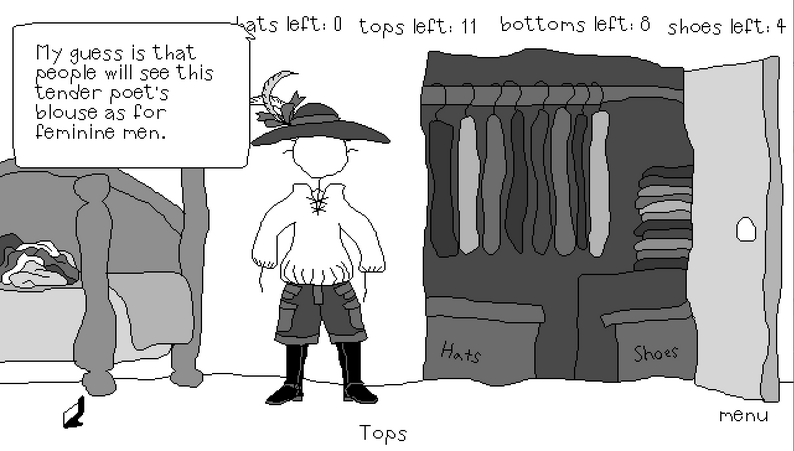

 ) But the kind of game you make narrows the kind of puzzles that can be put in the game (or does it? Can you, for example, solve a murder in a platformer? I'd love to try).
) But the kind of game you make narrows the kind of puzzles that can be put in the game (or does it? Can you, for example, solve a murder in a platformer? I'd love to try).
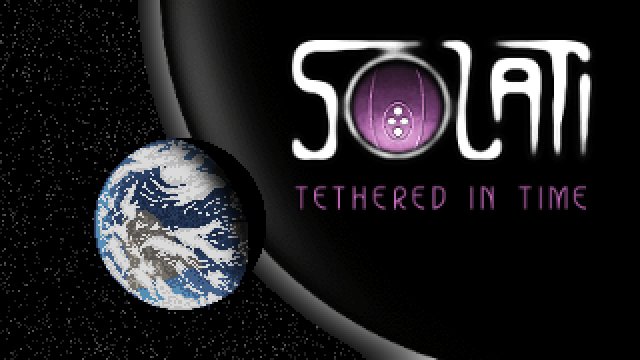
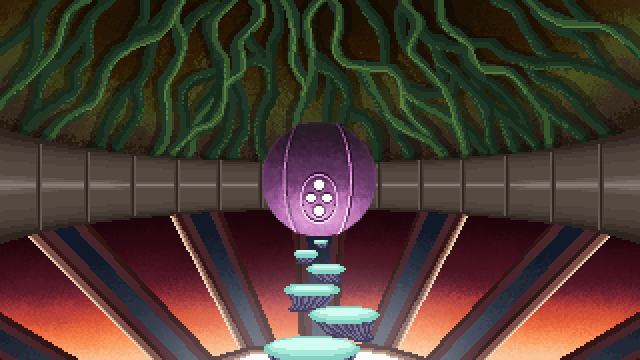
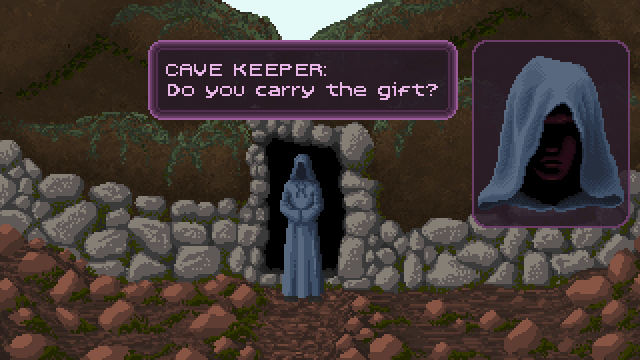

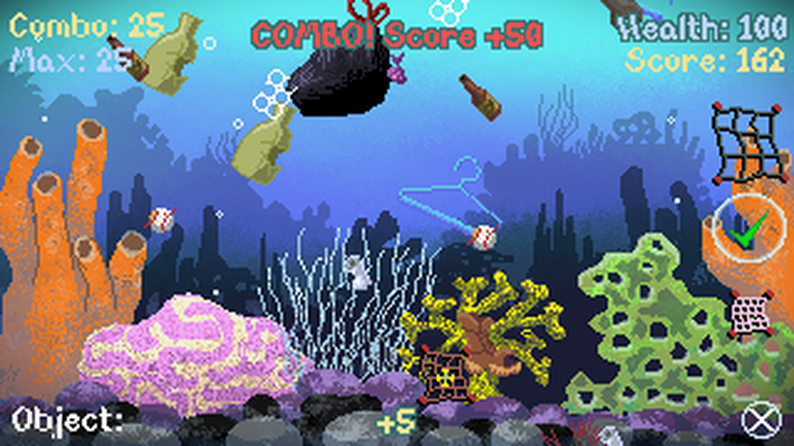



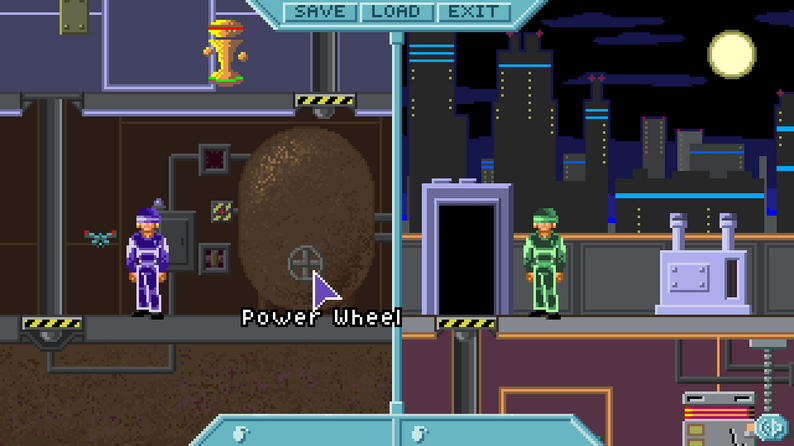
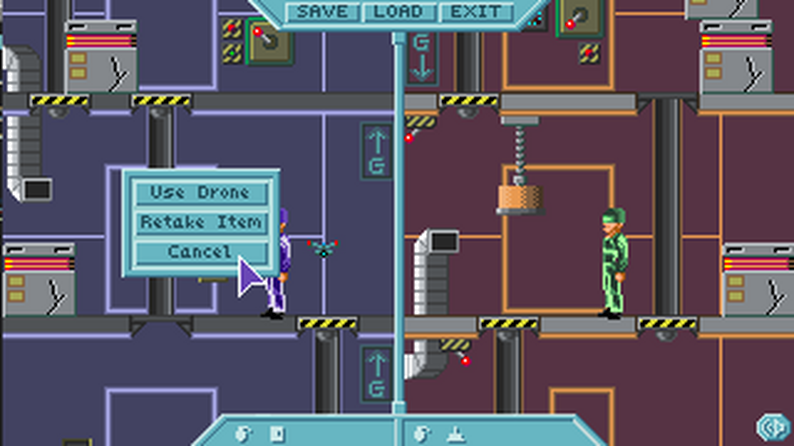

 ), and I found something weird. Using AGS 3.6.0.58, blank template.
), and I found something weird. Using AGS 3.6.0.58, blank template.



